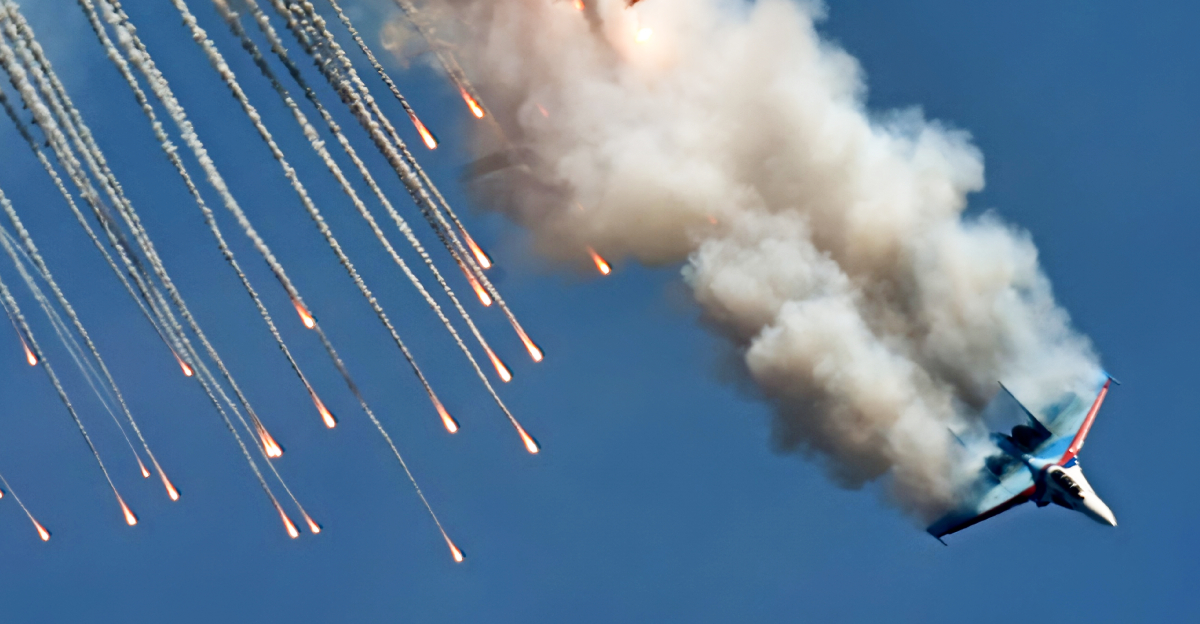
On September 9-10, 2025, a significant escalation occurred when twenty-one Russian drones invaded Polish airspace. This was the most critical military response from NATO along Europe’s eastern flank since the end of the Cold War. Polish and Dutch fighter jets successfully engaged and shot down three of the uncrewed aircraft within a seven-hour timeframe.
The incursion originated from Belarus and compelled Poland to activate Article 4 of the North Atlantic Treaty, seeking consultations with allied nations over this alarming violation. The incident marks a critical point in NATO’s response strategy amidst growing military tensions in Eastern Europe.
NATO’s Allied Response

In a coordinated effort, Dutch F-35 Lightning II fighters and Polish F-16s intercepted the invading Russian drones. This remarkable response emphasized NATO’s integrated air defense capabilities, demonstrating cooperation among multiple member nations, including Italy’s AWACS and German Patriot missile systems.
Polish Prime Minister Donald Tusk hailed the shootdown as a “success for Polish and NATO forces,” but also noted that it fundamentally alters the political landscape. The last drone was confirmed neutralized at 6:45 a.m. the following morning, highlighting the urgency and efficiency of the operation during the incursion. Solidarity within NATO has proven essential in these pivotal moments.
The Evidence of Russian Origin
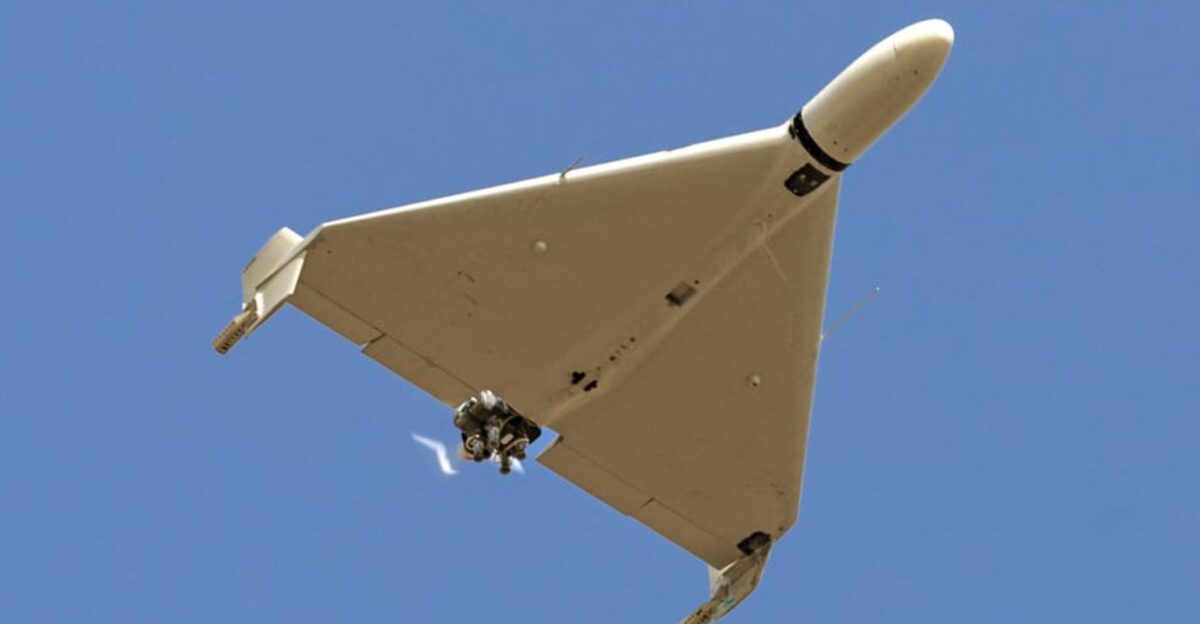
Visual analysis conducted by Polish authorities and various media outlets confirmed that the downed drones were indeed of Russian origin, identified explicitly as Gerbera-type drones. This model is a derivative of Iran’s Shahed-136, which has been supplied to Russia to aid in its military operations against Ukraine.
While Russian officials claimed that the drones lacked the range to strike Polish targets and denied any intent to strike Poland directly, the physical evidence inherently contradicted these assertions, showcasing the increasing complexity of the regional conflict. Accurate intelligence remains vital in countering misleading narratives in international defense and security.
A Pattern of Violations

The September drone incursion was part of a broader pattern of Russian provocations throughout the month. Notably, three Russian MiG-31 aircraft entered Estonian airspace for 12 minutes on September 20, while a drone breached Romanian airspace on September 13, marking the eleventh violation according to Romanian defense data.
Individual drones had previously crossed into Polish airspace since the onset of the Russian-Ukrainian war, but none approached the extent of this incident. This ongoing pattern indicates a deliberate strategy by Russia to test NATO’s air defense readiness amid heightened geopolitical tensions.
Historic Engagement: A New Precedent
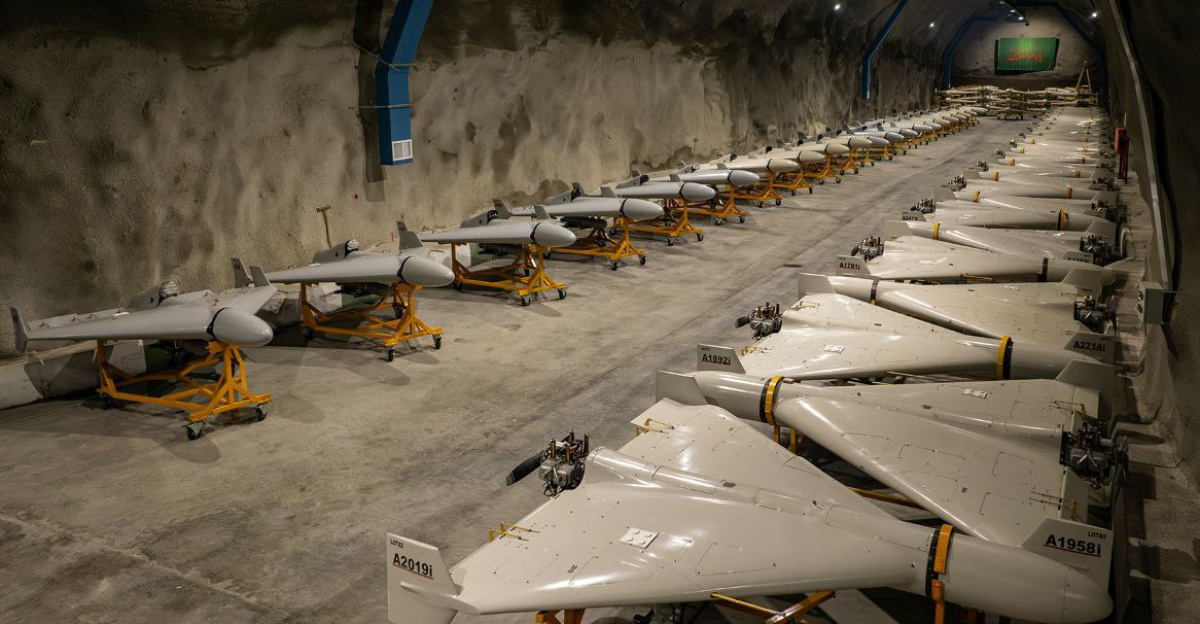
The events of September 9-10 marked a historically unprecedented direct engagement between NATO and Russian military forces since the end of World War II. For the first time, Polish and Dutch pilots actively engaged and destroyed Russian military assets operating in NATO airspace, a significant deviation from the norm of previous accidental or brief violations.
This operation occurred amid a large-scale Russian drone attack against Ukraine, involving over 800 drones. The incursion into Poland was not merely an isolated event; it was intrinsically linked to a broader military campaign encroaching upon NATO territories, altering the dynamics of security in Europe.
The Regional Impact of Conflict

The drone incursion led to unprecedented closures of key airports in Warsaw, posing significant challenges for travelers. The Polish government responded swiftly by shutting down airspace for security reasons, triggering NATO’s highest alert level since Russia’s outright military invasion of Ukraine in 2022.
Furthermore, debris from a NATO interceptor missile damaged a residential property near Lublin, although no casualties were reported. Such developments underscore the far-reaching implications of military operations, which extend beyond combat zones and have a severe impact on civilian infrastructure in Europe’s increasingly volatile context.
Political Reactions: A Unified Front
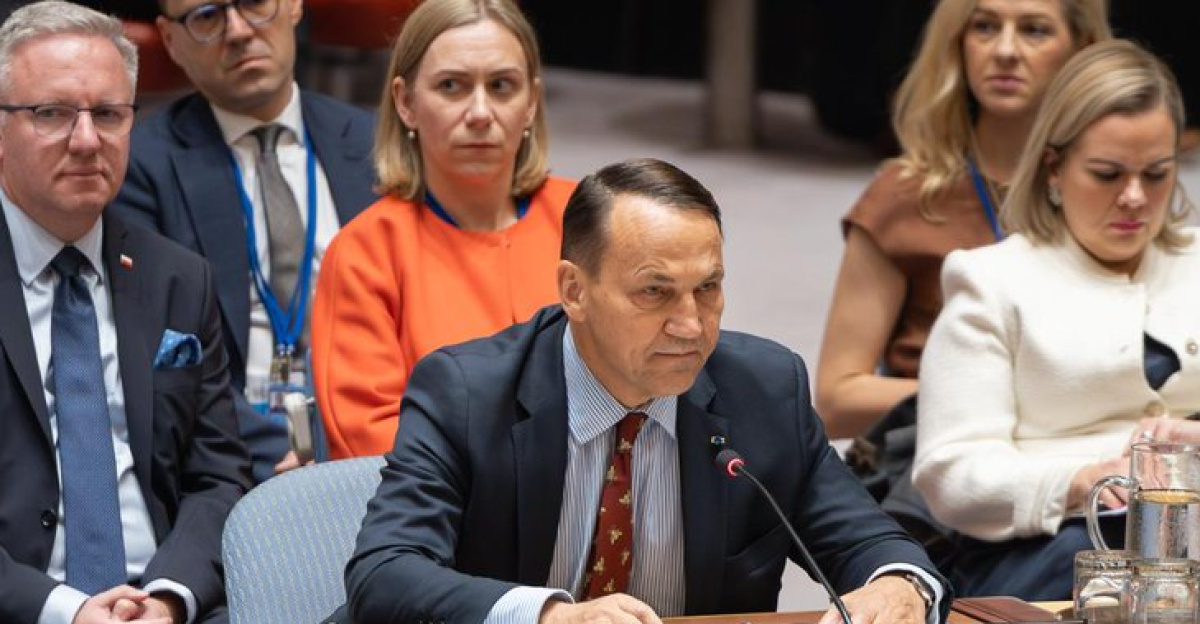
Polish Deputy Prime Minister Radosław Sikorski characterized the incident as an “unprecedented attack not only on Poland but on the territory of NATO and the EU.” His remarks highlight the seriousness with which Polish leaders approached the drone incursion.
Prime Minister Tusk addressed Parliament, calling for decisive actions rather than mere verbal solidarity, emphasizing that invoking Article 4 marked just the beginning of deeper collaborative efforts to counter perceived threats. Such statements reflect a united front among NATO allies, prioritizing strategic responses to bolster regional security against the growing capabilities of adversaries.
Expert Analysis: Increasing Risks
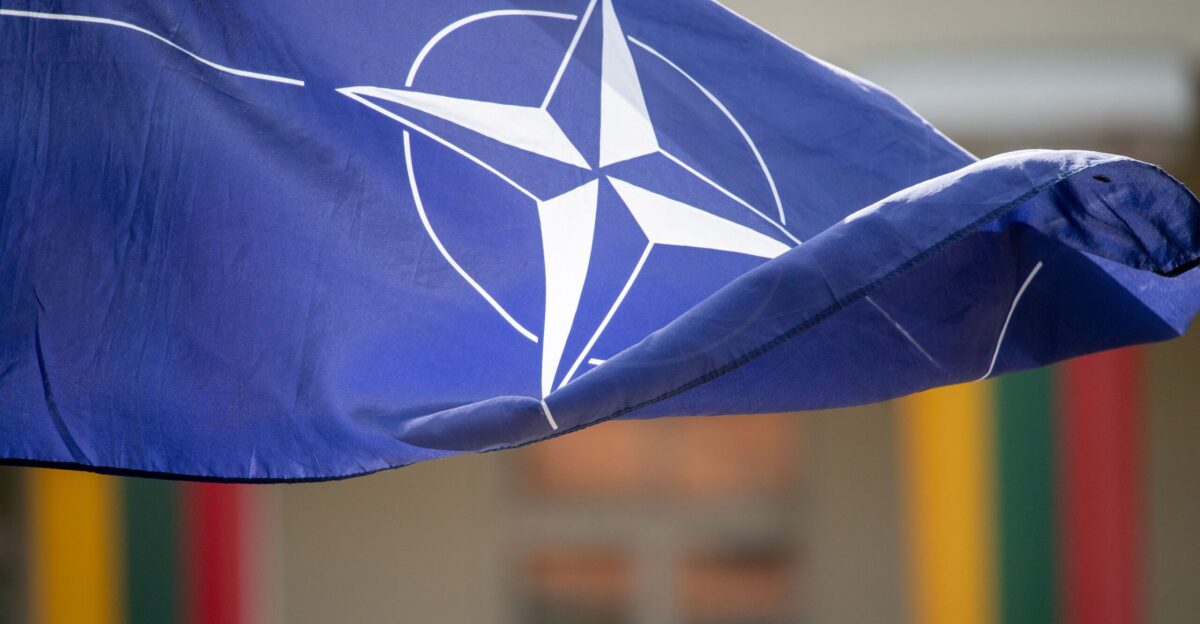
Military analysts are increasingly concerned about the implications of Russia’s drone capabilities. The use of Iranian-supplied drones demonstrates a blend of hybrid warfare tactics aimed at undermining NATO’s resolve. Analysts underscore the necessity for NATO to adapt its defensive strategies, enhancing the integration of air and ground assets to counter evolving threats.
Awareness of these dynamics is crucial as both political and military leaders in the West navigate complex challenges posed by adversarial actions and changing technologies in warfare, which demand immediate attention and strategic foresight.
The Human Element: Civilians Affected
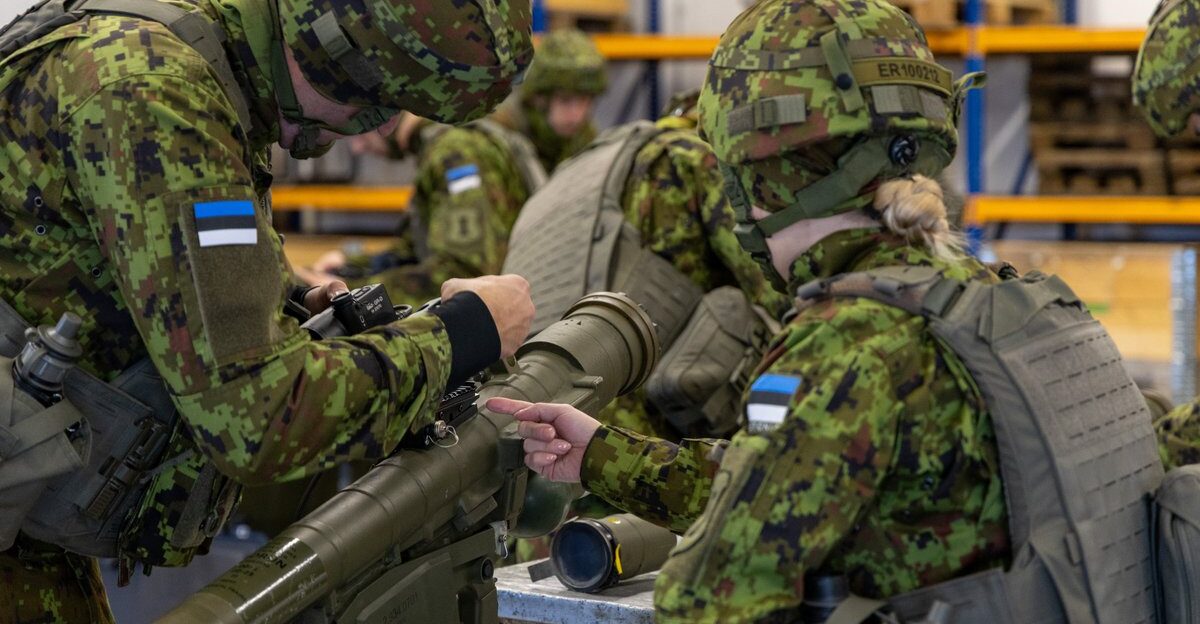
The impact of military actions often extends beyond the battlefield, affecting ordinary citizens. Residents near Lublin expressed their fears and frustrations after witnessing the damage caused by falling debris from interceptor missiles.
The incident illustrates the emotional toll of military operations on civilians who navigate the uncertainty and risks associated with living in proximity to conflict areas. The real consequences of geopolitical tensions and military escalations paint a sobering picture for residents in Eastern Europe.
NATO’s Strategic Considerations
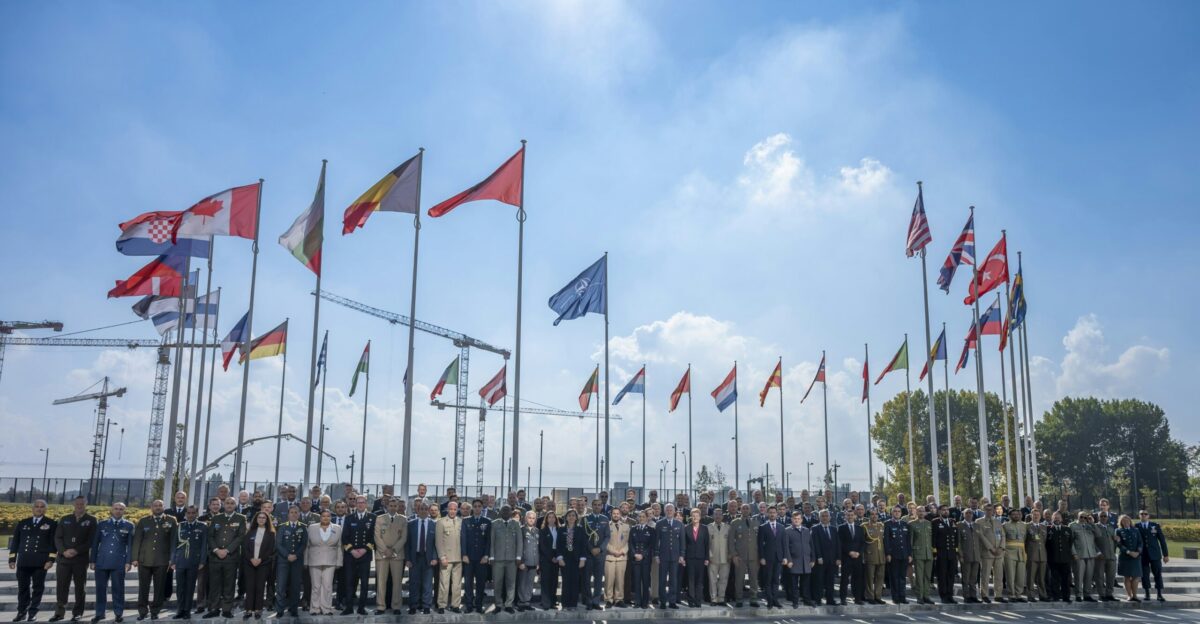
In the wake of the drone incursion, NATO faces critical strategic decisions regarding its defense posture in Eastern Europe. Discussions among member states focus on increasing military deployments to enhance deterrence capabilities, while ensuring prompt and cooperative responses to future provocations.
As the NATO alliance strengthens its unified response framework, leaders emphasize the need for continued adaptability in military strategy. The outcome of these discussions will shape regional security architecture for years to come, defining NATO’s role as a defensive alliance amidst rising global uncertainties and geopolitical shifts.
The Broader Context of Tensions
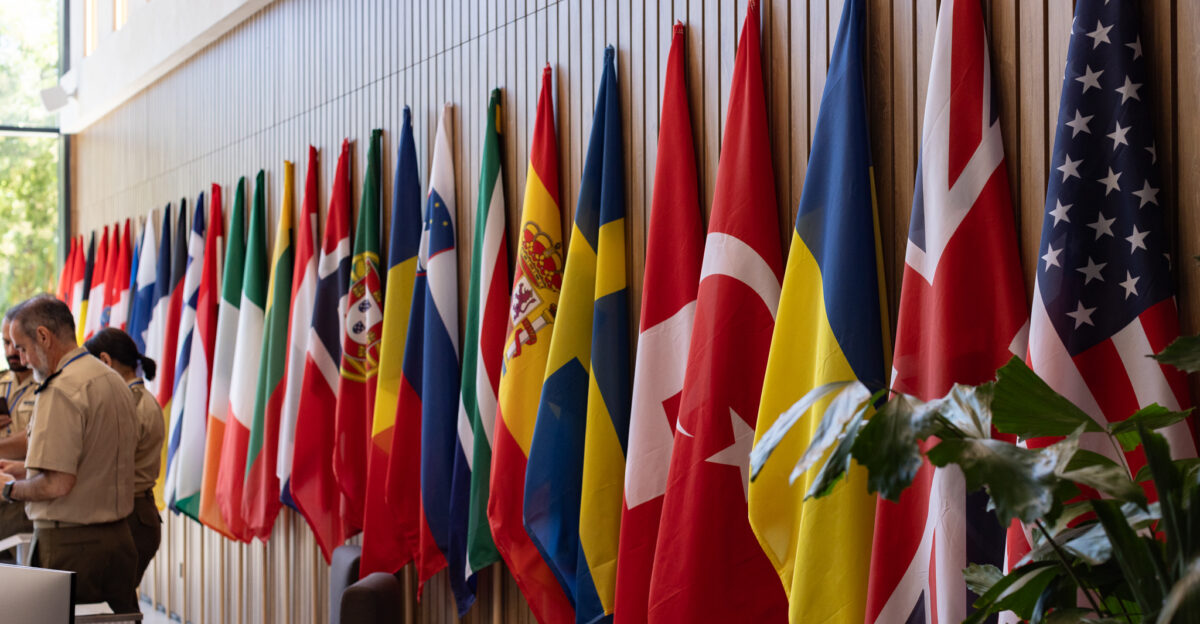
The September 2025 drone incursion occurred against the backdrop of escalating conflicts in Eastern Europe, particularly in Ukraine. As Russia intensifies its military capabilities, NATO’s collective response must be cohesive and well-coordinated to deter future aggressions.
This incident reinforces the need for a robust air defense system and real-time intelligence sharing among NATO members. The complexity of the regional dynamics demands ongoing vigilance and assertiveness from NATO to maintain stability amid persistent threats, showcasing the alliance’s commitment to collective security.
Looking Ahead: Preparing for the Future

In light of the September incursion, NATO is reassessing its military strategies to better prepare for future threats. Strengthening collaborations among member forces, enhancing surveillance capabilities, and maintaining high readiness levels are crucial for effective deterrence. NATO officials emphasize the need to ensure that the alliance’s response is swift and decisive.
Such preparations underscore the alliance’s emphasis on being able to effectively respond to any future challenges posed by adversaries, reaffirming its commitment to collective defense and regional stability.
International Reactions: Global Attention
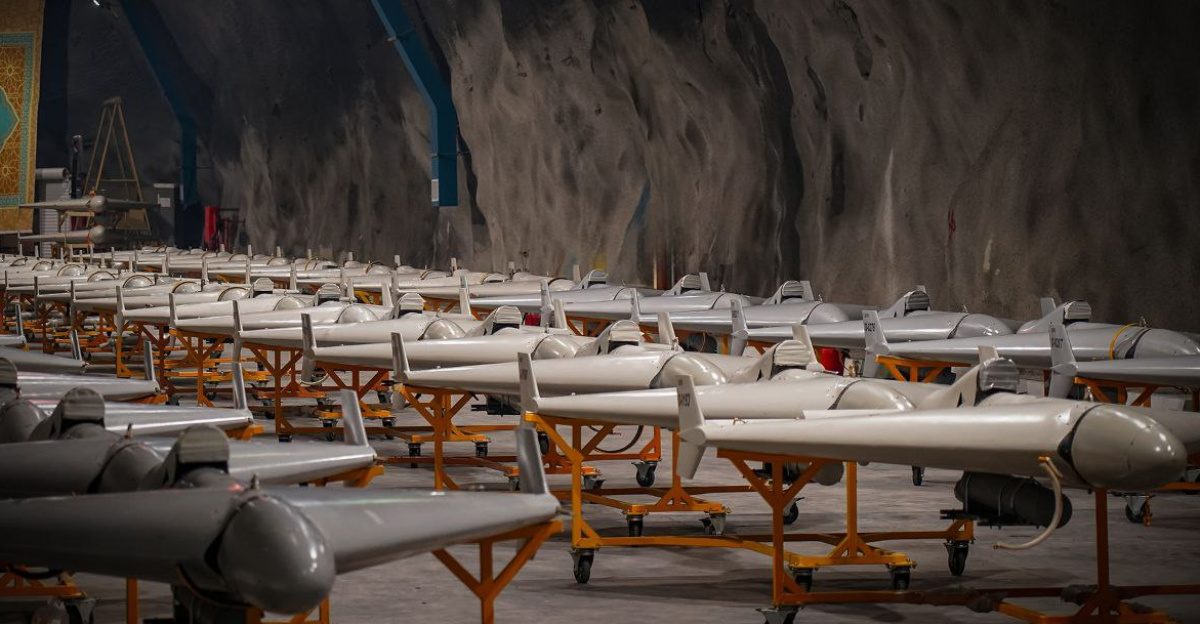
The drone incursion garnered international attention, prompting discussions among global powers on the implications for international security norms. The situation underscores the need for serious dialogues regarding security policy to avoid escalation.
Responses from foreign governments reflect concerns over the potential for broader conflicts resulting from regional tensions. Global awareness of these incidents is crucial in fostering diplomacy and cooperation as nations seek to navigate an increasingly complex security landscape across multiple fronts, reinforcing the importance of diplomatic channels amid military engagements.
Summarizing the Key Takeaways
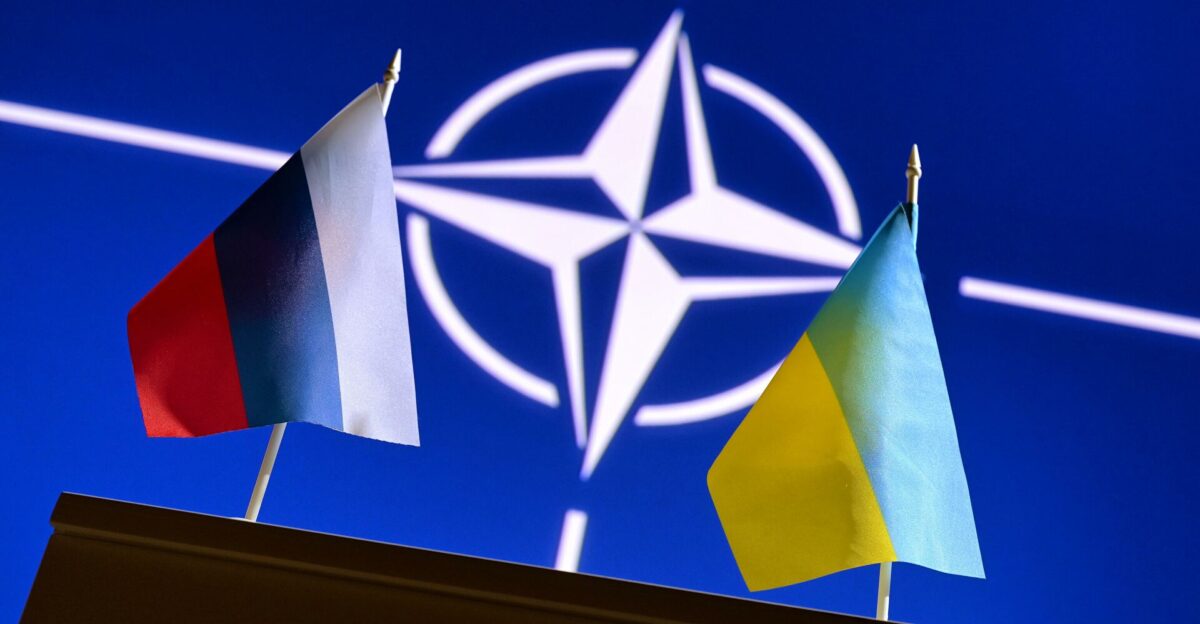
The September 9-10 drone incident represents a pivotal moment in NATO-Russia relations, marking the first direct military engagement since WWII. Poland’s invocation of Article 4 signifies a critical re-evaluation of shared defense strategies, necessitating greater collaboration among NATO allies.
Understanding the ramifications of this incident on civilian populations, political dynamics, and international responses is vital in framing the future dialogue surrounding European security. The interconnectedness of military actions and civilian impacts underscores the urgent need for comprehensive strategies that prioritize both defense and diplomacy in resolving tensions.
The Path Forward
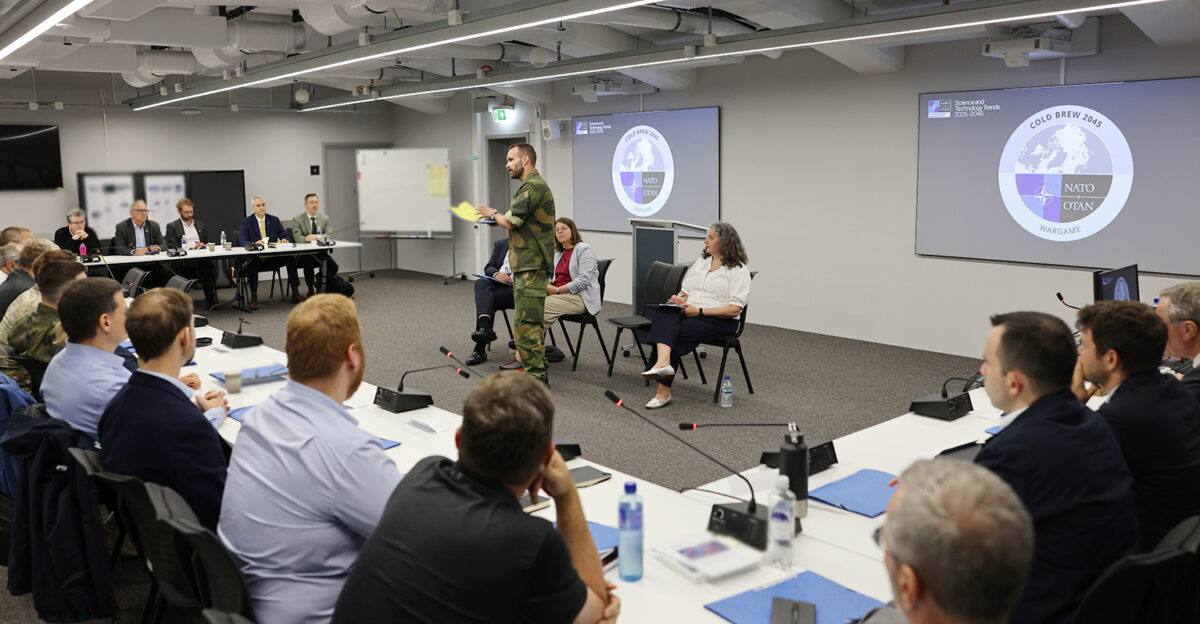
The events surrounding the drone incursion challenge NATO to adapt swiftly to a landscape marked by increasing hostility and unconventional warfare tactics. As member states reassess their defense postures, the importance of cooperation and strategic foresight becomes clear.
The alliance’s commitment to collective security must remain steadfast to deter potential aggressions from adversaries seeking to exploit vulnerabilities. Moving forward, NATO must maintain its vigilance, prioritize modernization, and foster unity in strategy and action to navigate the complexities of evolving geopolitical threats effectively.